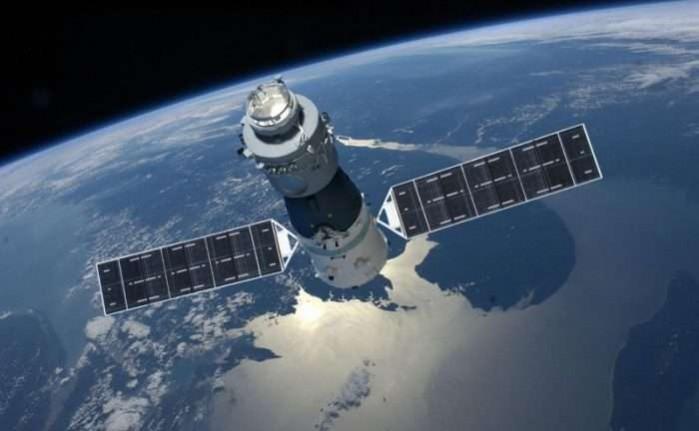
It has been only few months since the Chinese Space Station Tiangong-1 fell back onto the Earth, on April 2, burning up over the Pacific ocean. Now, reports have emerged saying that another one of China's sky labs could be on its way down as well.
Called Tiangong-2, it was launched in September 2016. While the space craft is not out of control like its predecessor, ground control from China seemed to have lowered its orbit. This could mean that Tiangong2 is also being readied for de-orbiting soon, noted astrophysicist Jonathan McDowell of the Harvard-Smithsonian Center for Astrophysics in a tweet. He explained that this move to lower orbit meant that Tiangong2 is "probably about to be deorbited."
The manoeuvre was carried out on June 13, he noted in a Tweet thread.
Tiangong2 is also not a very large station, weighing about 7,960 kg but at that altitude, travelling at high speeds, it could prove really dangerous if it falls on a populated city. At a time when NASA is venturing into the study of about one million asteroids, also called City Killers because of their size and potential to destroy many cities.
Similarly, If the Chinese spacecraft hits any city, the damage will be huge like an asteroid. By planning de-orbiting, Chinese scientists are taking all the necessary steps to see that the hurtling spacecraft is monitored continously. Since, there is no speculation or assessment as to where and when it will fall, Chinese researchers are hopeful to make sure that it enters the Earth's atmosphere safely.
As of 0900 UTC Jun 21, Tiangong-2 is stil lin a 291 x 297 km orbit, no further maneuvers since the orbit lowering on Jun 13
— Jonathan McDowell (@planet4589) June 21, 2018
Chinese space agency (CMSE) officials are yet to make a statement about this manoeuvre and what it means for the Tiangong2.
When the space station is in orbit, it can be tracked online using the tools provided by SatView—the site which has all the info about space junk and their reentry events. Tiangong2 is currently travelling at a speed of over 27,600 kmh.
Probably about to be deorbited
— Jonathan McDowell (@planet4589) June 21, 2018
Space junk falling from orbit has become a common phenomenon and NASA alone has an estimated 500,000 pieces of junk still up there in the space. In just one month, four defunct satellites have reentered and burned up. About 200- 400 objects reportedly fall back into the planet every year, though injuries from the falling space debris is rare.














